Data literacy is an educational opportunity I see as commonly overlooked. The collection and analysis of data generalize to many academic areas and the critical thinking involved in evaluating the data collection methodology in combination with the data is key to understanding so many controversial topics.
Here is a unique example which might be useful in some classroom situations. Cornell University has created a feeder watch program that encourages user participation. Cornell provides round the clock access to some of the feeders they have set up and runs a winter citizen scientist feeder watch data collection program.
With plenty of time and limited opportunity for travel, I have been running my own feeder watch program. I feed birds at both my home in a suburb of Minneapolis and a cabin in Northern Wisconsin. Some years ago Cindy gave me a bird cam – a motion-activated camera similar to the type of cameras hunters use to look for the presence of game animals in a given area. The bird cam is a different lens system designed for taking images at a short distance.
Many variables determine the type and frequency of birds you view. At our home in the city we feed safflower seed to reduce the attention our many squirrels pay to our feeder. Evidently squirrels do not like safflower seeds and it seems to work. We have many squirrels because of a large black walnut tree in our yard and squirrels love black sunflower which would normally be the seed I feed most heavily. Varying the type of food is one of the variables you can manipulate to study the quantity and diversity of birds you attract.
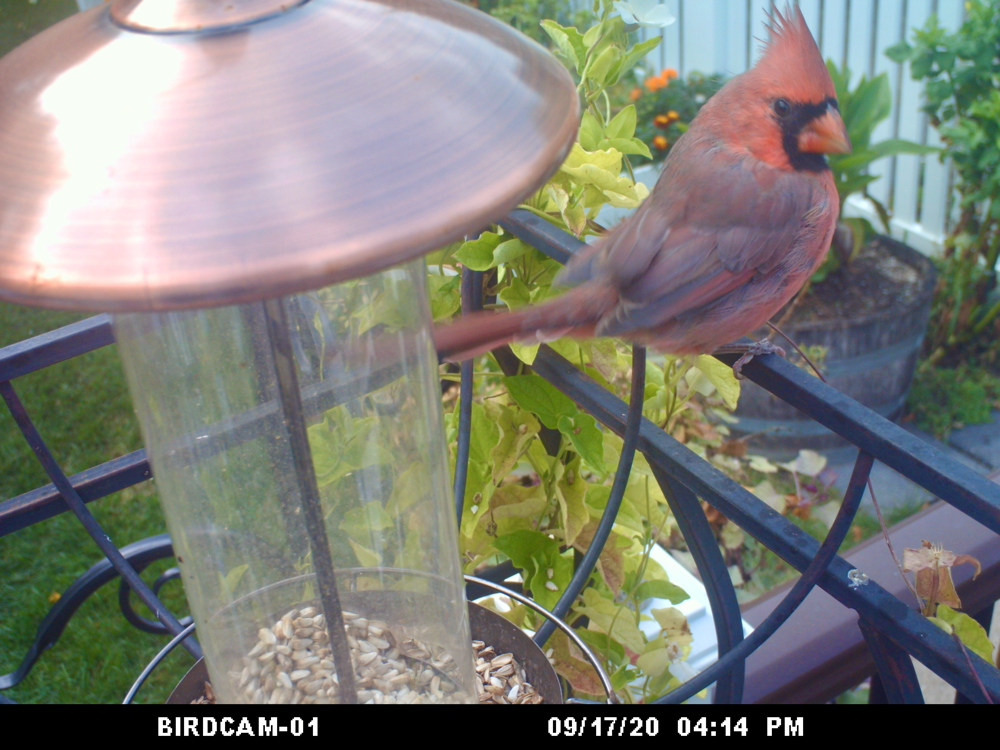
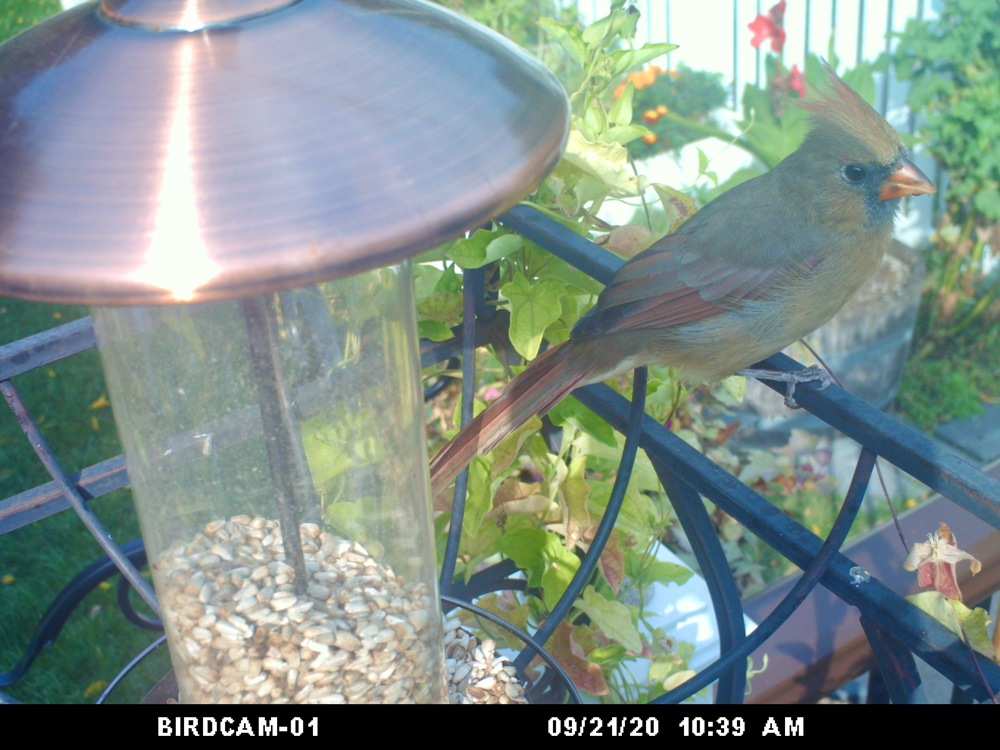
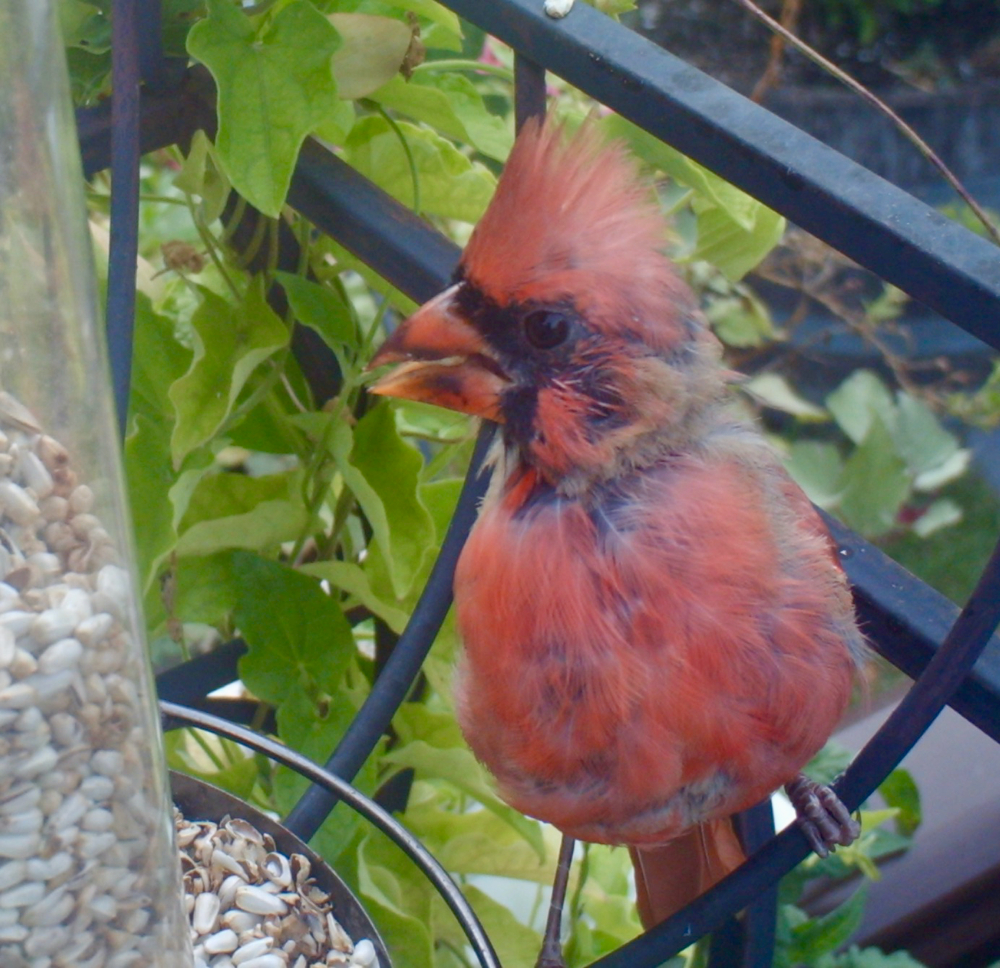
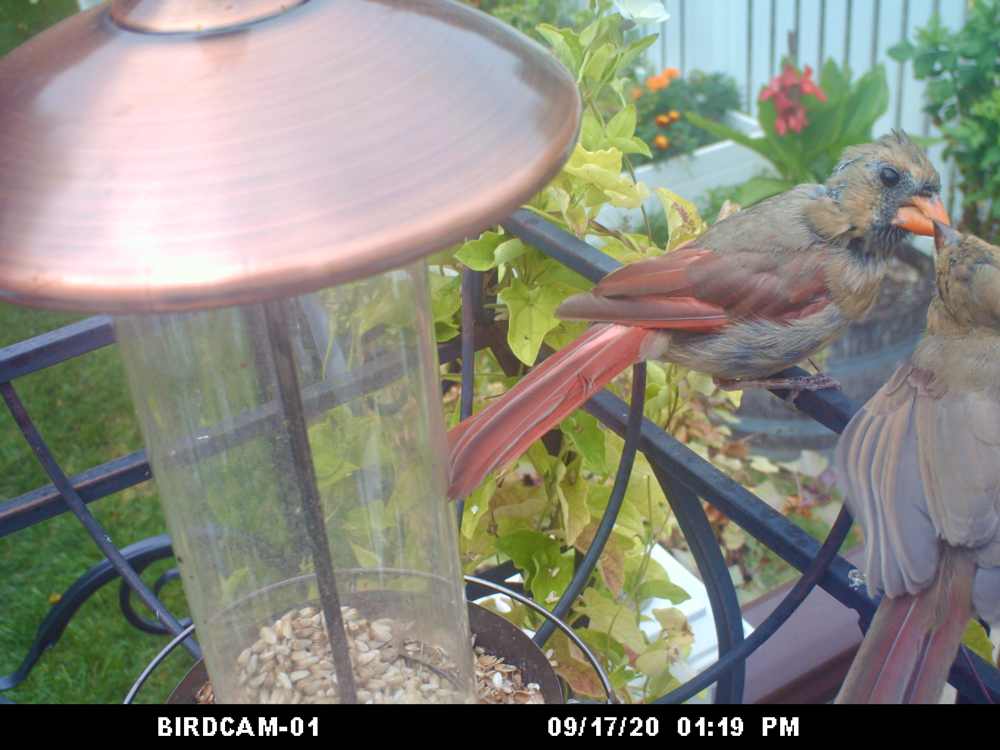
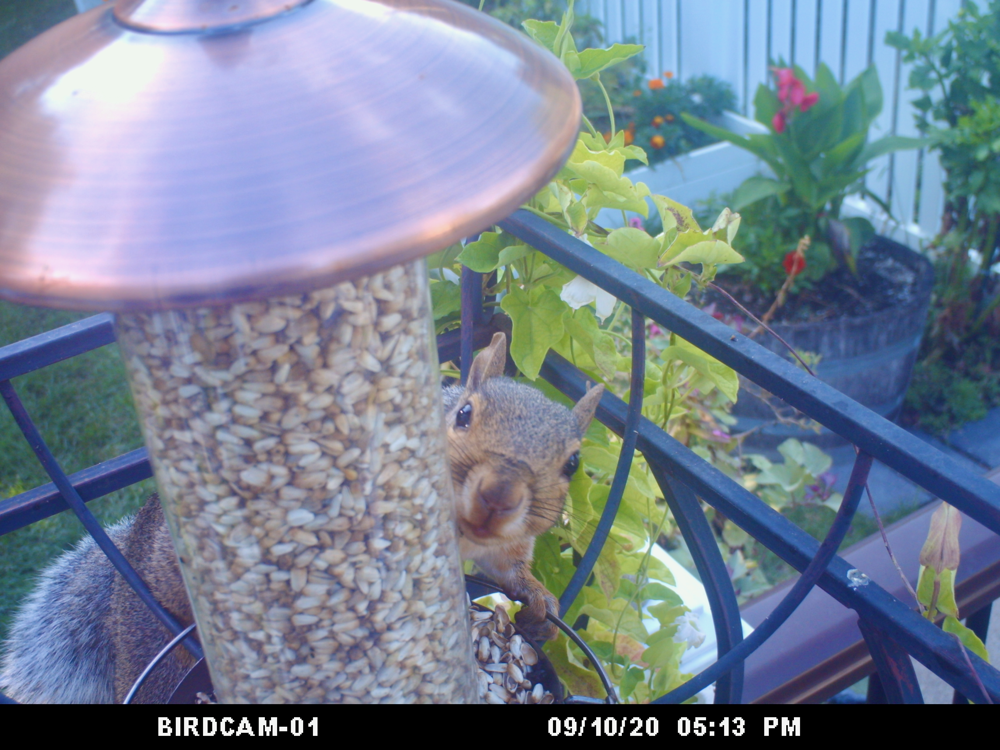
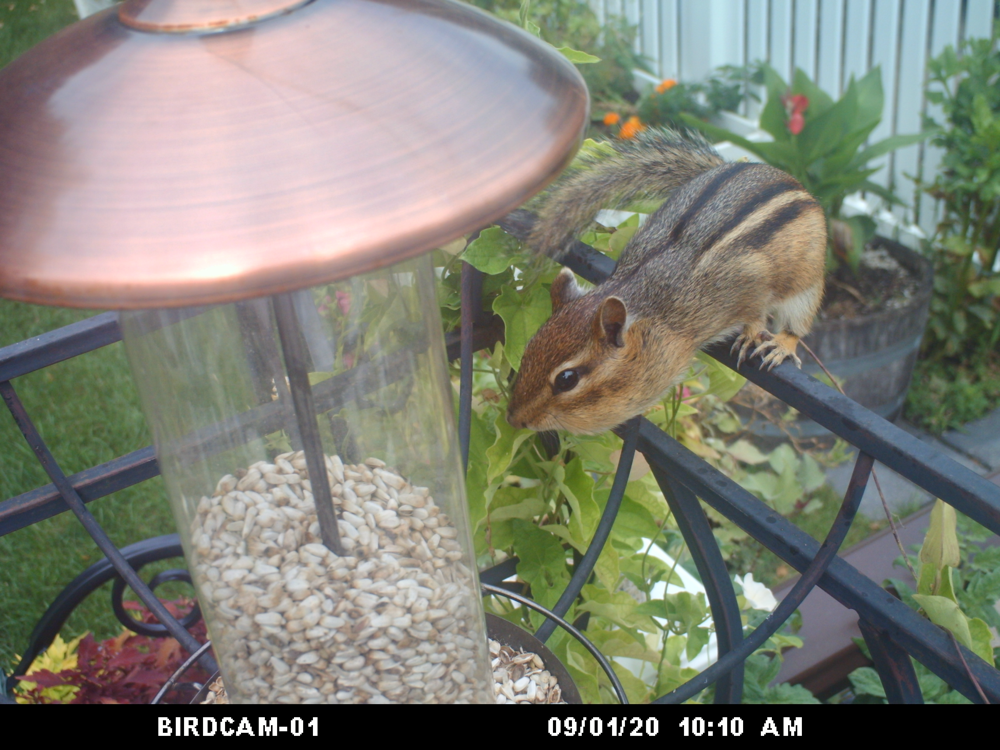
The bird cam I use would be great for doing bird counts. It has the advantage of recording the visitors and does not require watching in real time.
60 total views , 1 views today
One thought on “Feeder data”